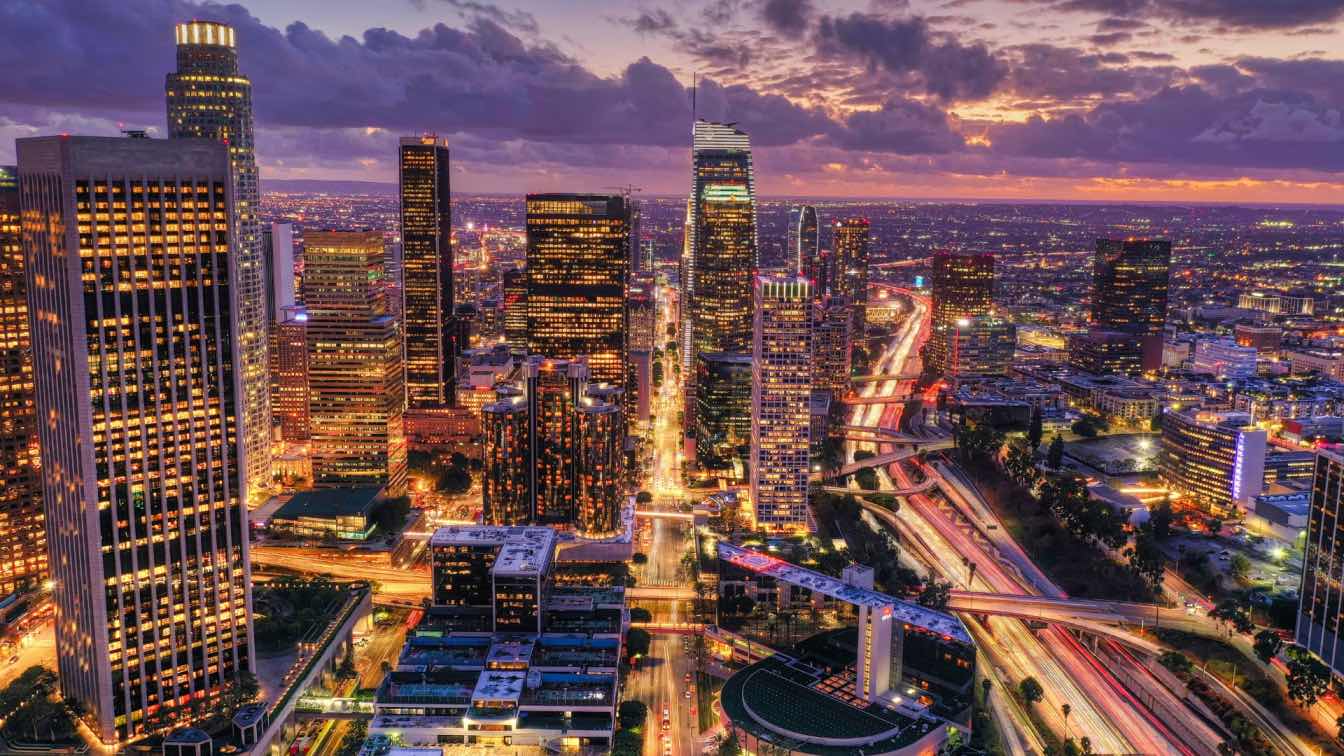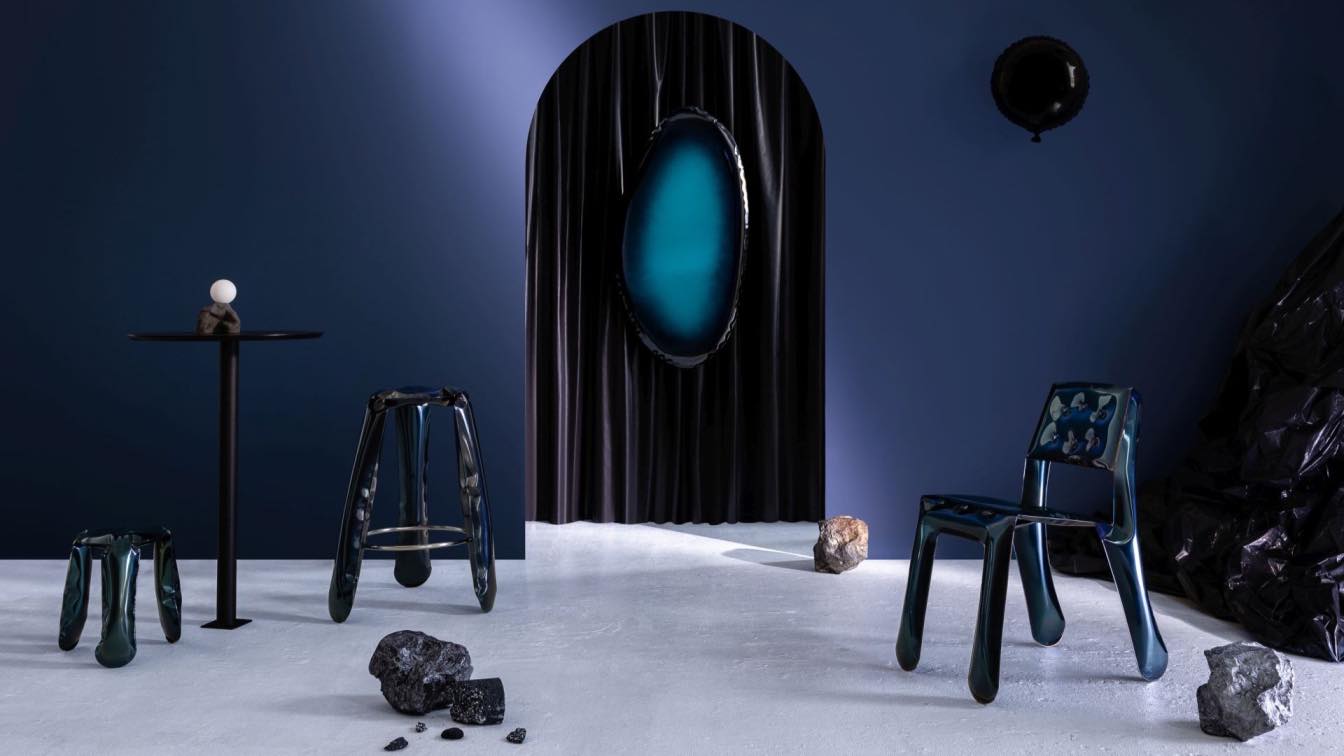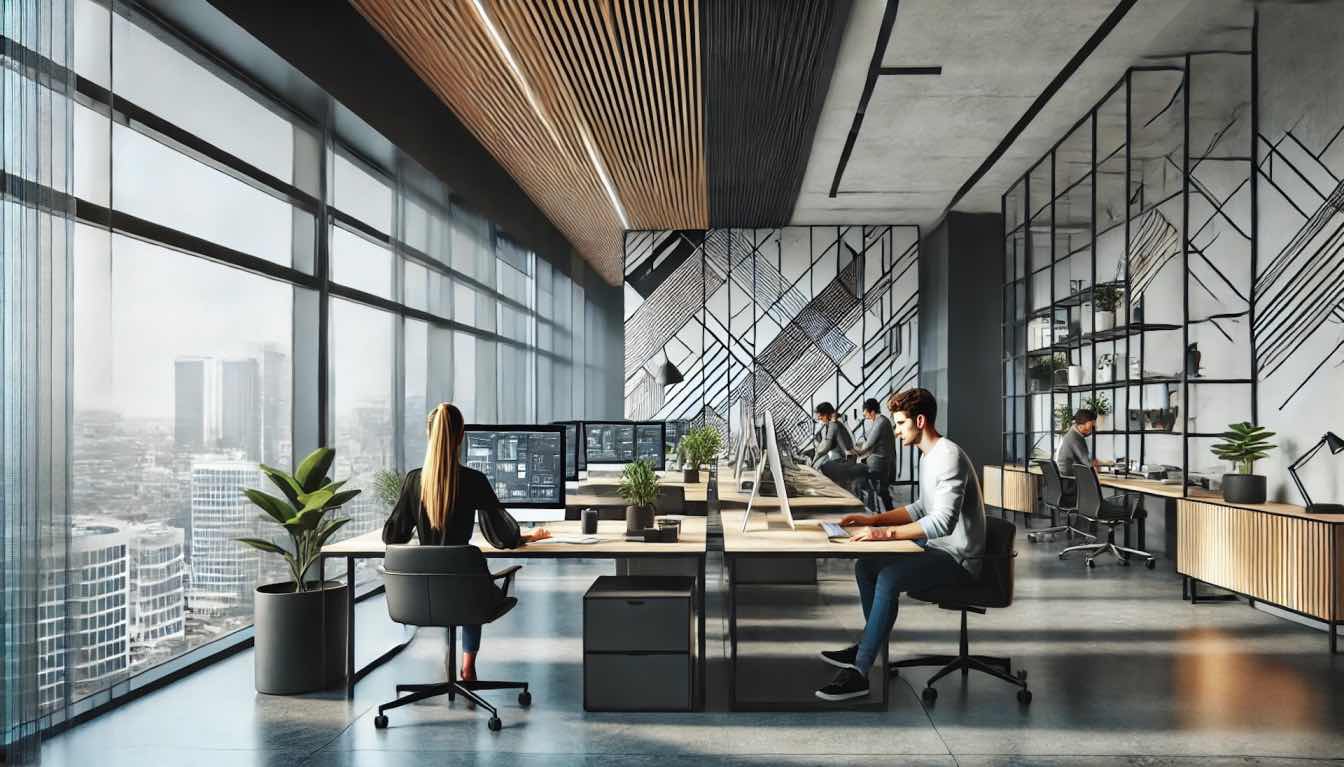The architectural field is undergoing a shift, much like many other professional fields, due to the rapid advancement of technology. Artificial Intelligence (AI) is now making impacts across various sectors. In architecture, particularly in vibrant urban environments like Los Angeles, AI has begun to redefine traditional design processes. Architects are leveraging AI to push the boundaries of creativity and functionality, ensuring structures not only reflect aesthetic ambitions but are also viable within urban contexts marked by complex regulatory and environmental considerations.
This article will explore how AI can aid a Los Angeles architect in streamlining design workflows, offering personalized solutions, bolstering sustainable building practices, enhancing collaborative efforts, and addressing the pressing concerns and promising potentials of AI in architecture. The integration of AI within the architectural sphere is not just seen as a progression but as a revolution, signaling a profound transformation in how architects conceive, refine, and realize their visions.
Streamlining Design Processes
In the field of architecture the advent of AI is drastically enhancing the efficiency and creativity of design processes. By utilizing sophisticated AI algorithms, architects are now able to sift through and analyze vast swathes of complex data at unprecedented speeds. This rapid analysis not only generates multiple design options swiftly but also enables a faster iteration process, allowing more room for refinement and exploration of creative ideas.
Architects can explore a greater variety of design possibilities within a shorter time frame, significantly pushing the boundaries of traditional architectural practices. These accelerated processes do not merely save time, they foster an environment where feedback can lead to immediate improvements, enhancing the overall quality and innovativeness of architectural outputs.
Personalized Design Solutions
Adapting AI to cater to individual tastes and practical necessities marks a transformative phase in architectural design where diversity in design preference is vast. By meticulously analyzing user inputs, preferences, behaviors, and specific feedback, AI systems proficiently generate designs that not only resonate on a personal level but also meet unique functional requirements. This advanced capacity to tailor designs enhances user satisfaction significantly, as each solution is tuned to the user's own context and expectations.
The iterative nature of AI in this application allows for continual refinement based on user feedback, ensuring the designs change in alignment with changing needs and preferences. Such personalized design solutions exemplify the potential of AI to transform standard practices into dynamic, user-centered processes, enhancing the experiential quality of architectural spaces in an urban setting such as Los Angeles.
Enhancing Sustainability Efforts
In the quest for sustainability, artificial intelligence plays a key role in modern architectural design by providing tools that assimilate and scrutinize environmental data while simulating building performance to predict future impacts. This technology equips architects with the capability to visualize and improve the energy efficiency of their designs, ensuring that structures not only comply with environmental standards but also promote reduced energy consumption and carbon footprints.
Such AI applications support the creation of buildings that are not only functionally and aesthetically pleasing but are fundamentally aligned with the principles of environmental stewardship. AI acts as both the analyst and the advisor, guiding architects through decision-making processes to achieve optimal sustainability outcomes.
Improving Collaboration
The integration of AI in architectural collaborations is revolutionizing how architects, engineers, and various stakeholders interact throughout the design process. Centralized AI platforms serve as hubs where information and feedback flow seamlessly among parties, enhancing communication and coordination. This not only simplifies the sharing of important data but also accelerates decision-making, thus streamlining the entire process of project delivery.
Enhanced collaboration through AI tools not only prevents common misunderstandings that can delay projects but also ensures that all members are on the same page, promoting a more unified approach to architectural development. Such efficiency is critical in the fast-paced, competitive market of Los Angeles, where timely and cohesive project execution can significantly impact overall success.
Challenges and Future Applications
Whilst AI holds promise in reshaping architectural practices, it does not arrive without its share of challenges, particularly concerns surrounding data privacy and ethical issues in design. Architects and designers must grapple with these challenges, ensuring sensitive information is protected even as they harness AI's capabilities to revolutionize the field. Ethical considerations, such as the potential for AI to limit traditional roles or impact employment within architecture, must be addressed with care and foresight.
The future stretches bright with possibilities for AI in architecture. As the technology advances, it is expected to further penetrate the industry, introducing novel tools and approaches that will not only enhance the design process but might also redefine the very role of an architect. This change invites anticipation of an industry where creativity is augmented by data-driven insights, leading to more innovative and responsive architectural environments.
AI's role in redefining Los Angeles' architectural scenery proves revolutionary. From streamlining design processes to granting personalized solutions, AI's imprint extends across domains, sustainability foremost, and collaboration strengthened. Architects foresee an era of innovation, propelled by AI's changing tools. This article discusses this advancement, yet cautions towards ethical diligence, ensuring a future enriched yet conscious.





